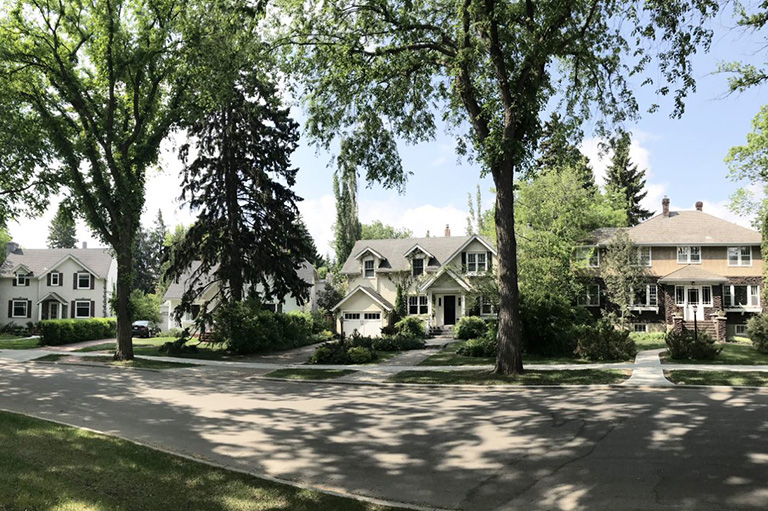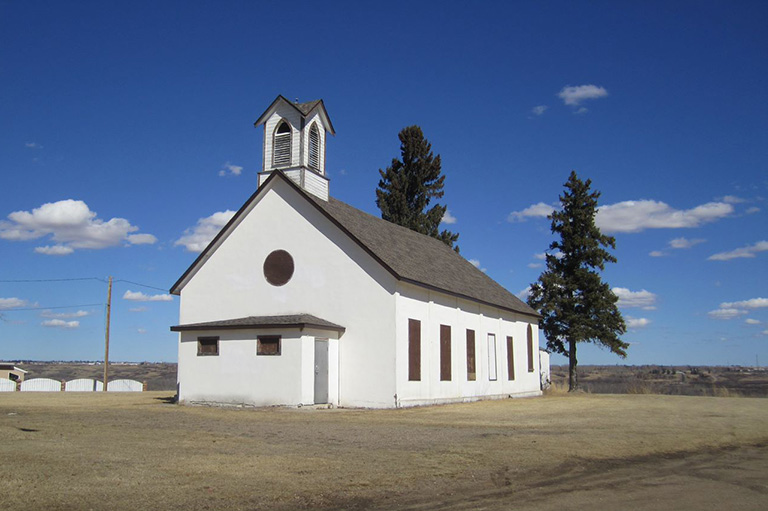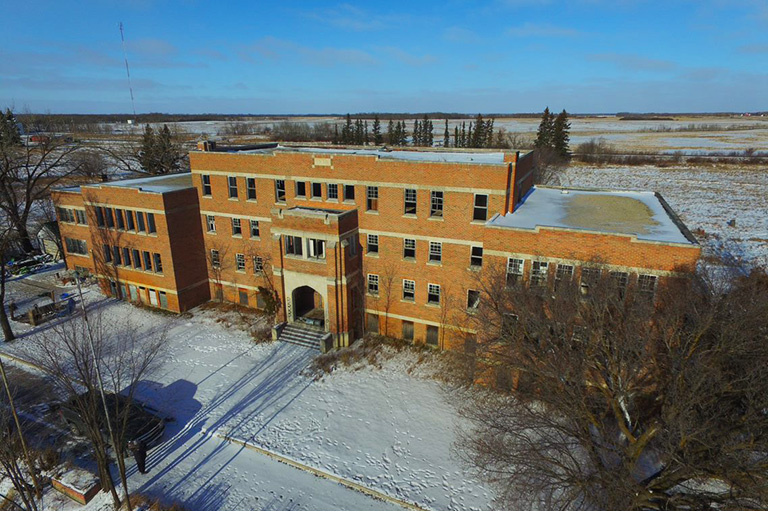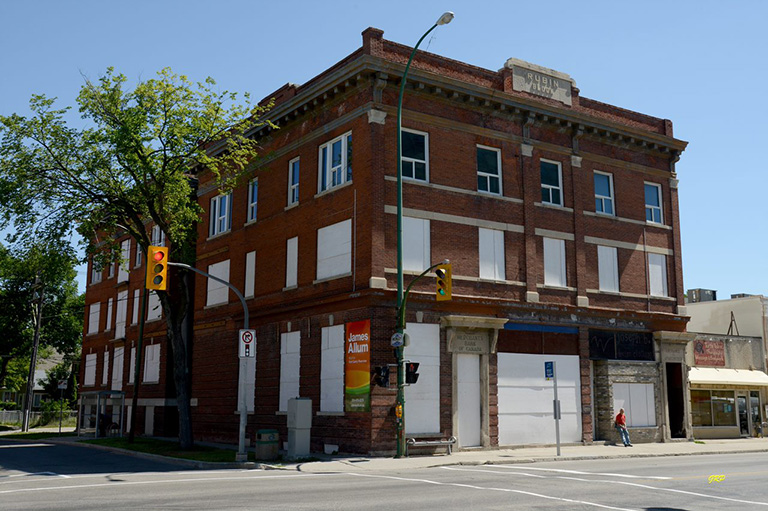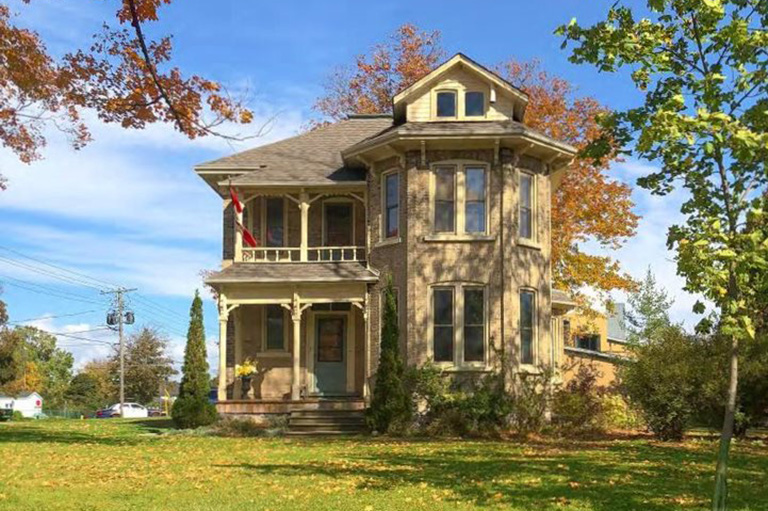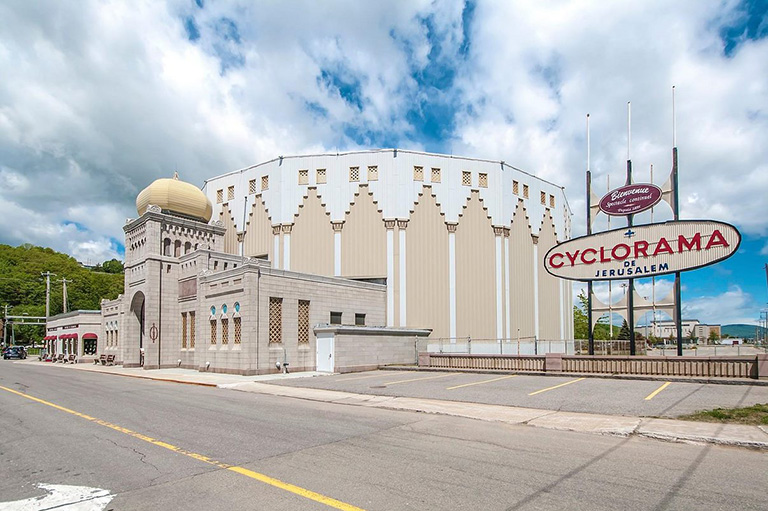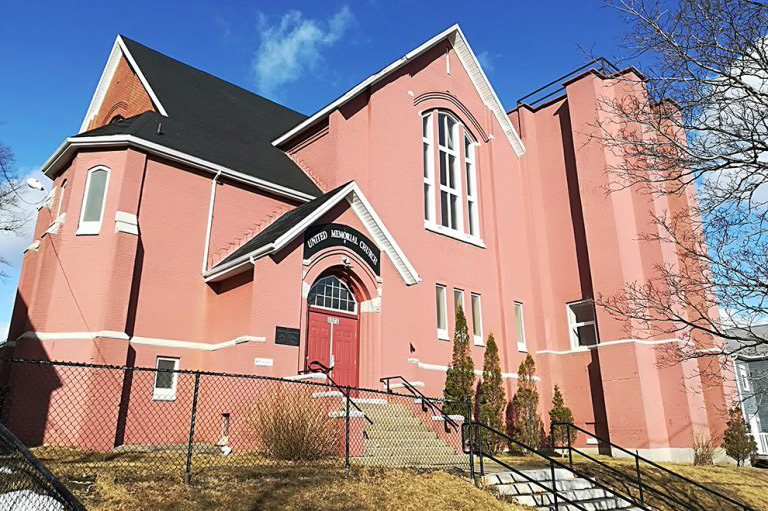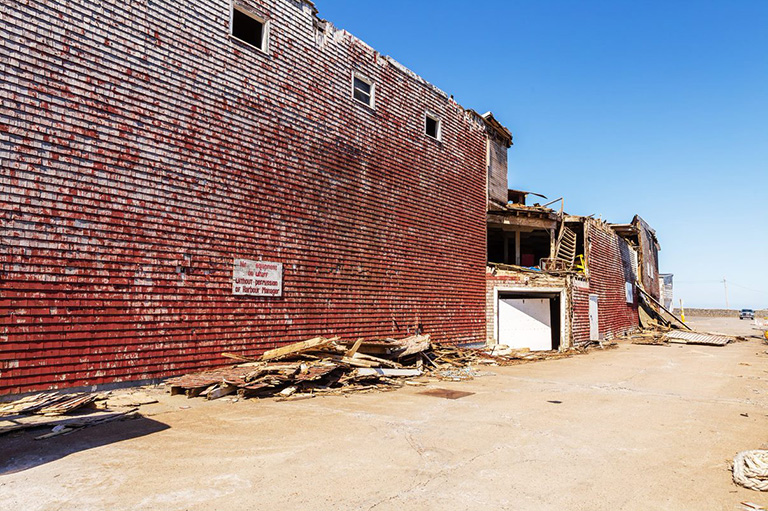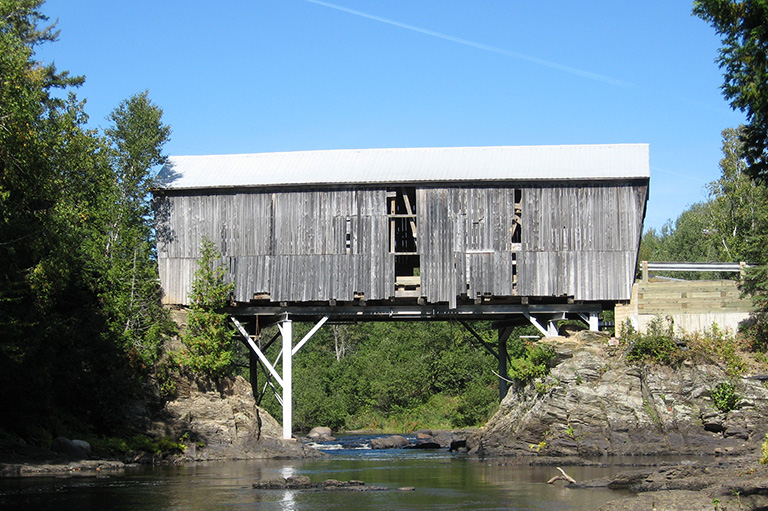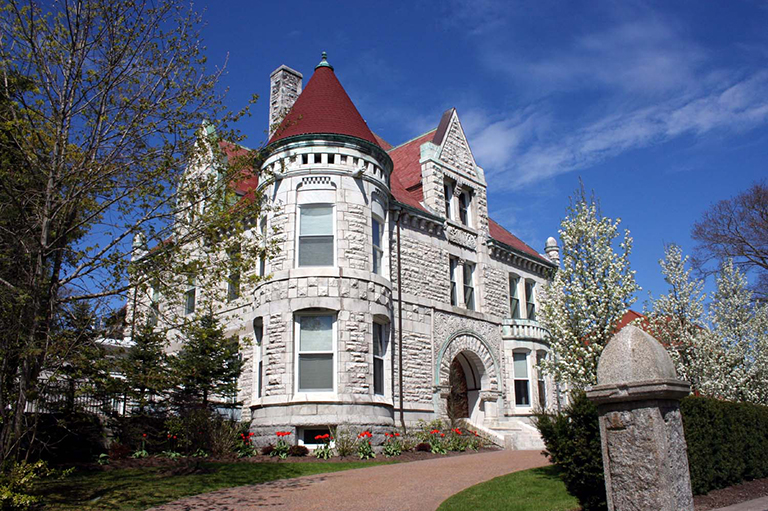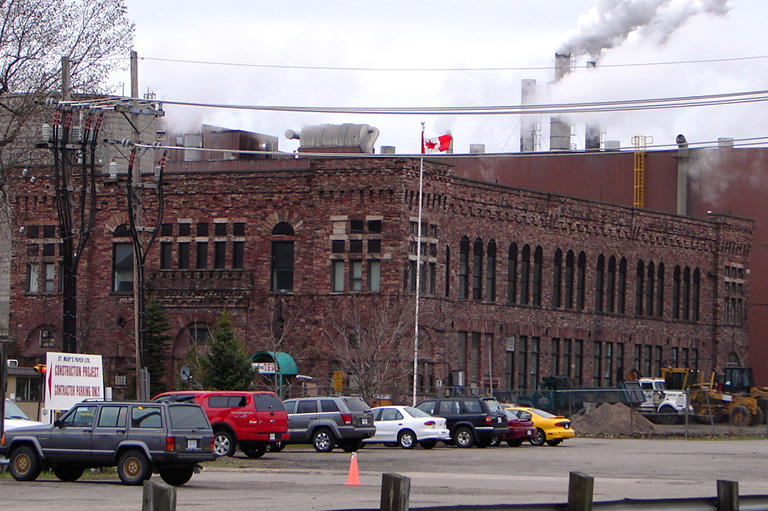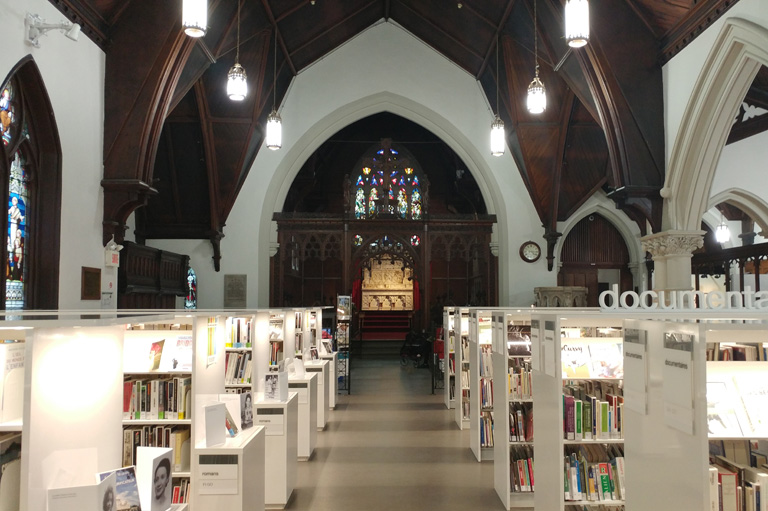Future Heritage Designations in Ontario
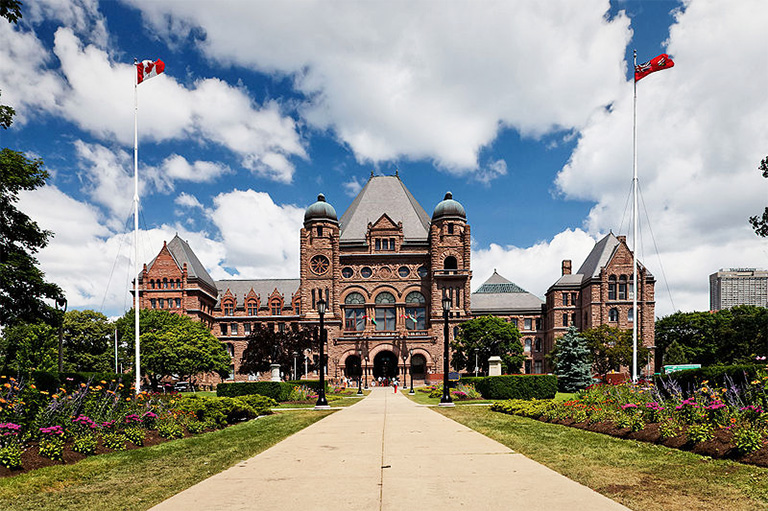
Location
Province of Ontario
Why it matters
The Ontario Heritage Act (OHA) was brought into law in 1975 “to give municipalities and the provincial government powers to preserve the heritage of Ontario.”
A core principal of the OHA was that local people, through their city councillors, best knew which heritage was important to be identified, protected, and preserved in their communities.
When the OHA was updated and amended in subsequent decades, this core principal of local control was consistently reaffirmed.
Why it’s endangered
Introduced on May 2nd, Bill 108, More Homes, More Choice Act, proposed sweeping changes to 13 Acts governing municipalities and land use planning processes including the Ontario Heritage Act (OHA).
Bill 108 stripped final authority over heritage designation away from municipal councils, committees, and planners, and instead entrusted it to appointed provincial tribunals (LPATs) to decide which heritage properties are important and worth of protection in Ontario communities.
The Architectural Conservancy of Ontario (ACO), municipal heritage organizations, and municipal governments voiced their opposition to these changes to the OHA.
After an inadequate consultation period and limited debate in the Ontario Legislature, the More Homes, More Choice Act was passed into law on June 6th.
The Government of Ontario now needs to genuinely consult with the province’s heritage sector as it draws up the regulations for this flawed legislation, to ensure its negative impacts are mitigated as much as possible.
This article is also available in French.
Canada's Top 10 Endangered Places List 2019
Themes associated with this article
Advertisement

